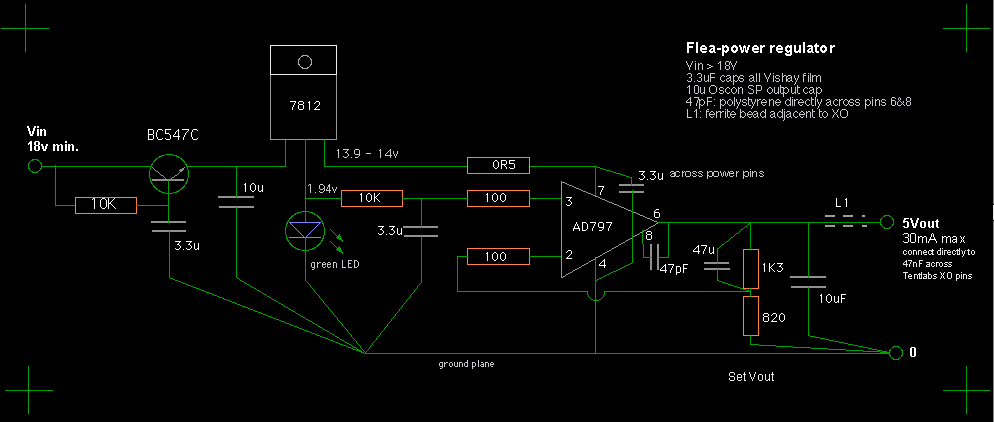I draw your attention to a thread I've created on DIYaudio: http://www.diyaudio.com/forums/showthread.php?s=&threadid=69276
Carl
Carl

t's all dead-bugged together, uses a 7812 as a pre-reg with the 7812 reference leg driving an LED as the reference (since this a very convenient constant-current source).
Andy - do you mean the Superclock2? I'm still girding my loins to attach one of these to my CD17, so if there's some little extras I can do to it before it goes in, then I'm all ears!2. Buy one of those Audiocom ones from eBAY and fix it (I can help with that too, as I have one here). It's a nice small board and adding a single cap and resistor can lower PSU noise 15-20dB (which will lower jitter). The downside is they seem to have used some nasty logic for squaring up the o/p which has a nasty PSU load, the rest of the circuit is competent though and the oscillator cct is good. I'm hoping to report more on this once I've had chance to do some proper measurements (once I've built a phase noise measuring system!).
do you mean the Superclock2?
Post the working (clever) circuit please martin, im watching Carl's latest bodge with interest

